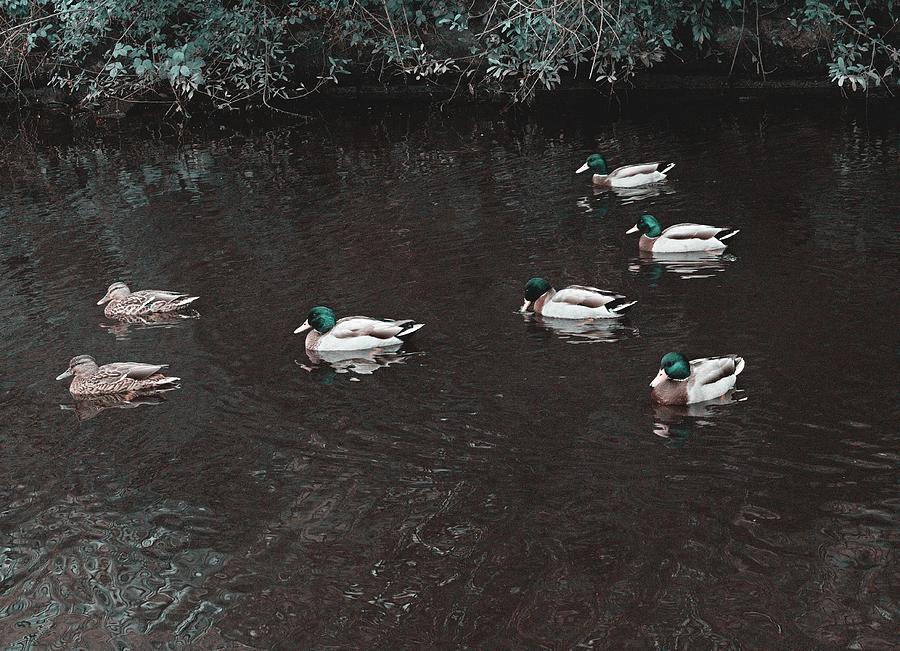
If you raise chickens, you’re probably already aware of the pecking order that exists among them. Be Aware – But Not Afraid – of the Pecking Order Follow these simple tips for introducing new ducks to the flock, and you’ll be well on your way to a healthy, happy community. You might tell yourself that you’re only going to have a few ducks – but trust me, over time, you’ll want to add more.

Although they have their own version of a “pecking order,” it tends to not be nearly as aggressively or prominently pronounced for ducks as it is with chickens. Luckily, ducks aren’t quite as particular as chickens. Whenever I try to rush the “introductory period,” that’s when things seem to go awry! two types of ducks and chickens in the chicken run together There’s no one single right way – but for me, I’ve found that being thoughtful about the process is the best way to do things. The white Peking duck is the most common species raised for eggs and meat.If you raise ducks, you might be wondering what the best way to introduce new ducks or ducklings to the mix might be. Their underlying feathers are often used to design different products like bags, stuffing quilts and pillows. They can live five to 10 years in the wild and more than eight years in captivity.įor more than five centuries, ducks have been domesticated as pets and farm animals and have various economic uses. They’re incredibly vulnerable during their molting season as the process stops them from flying. Some species of ducks tend to fly in V-shaped formation, especially when migrating. Groups of ducks flying together are known as skeins. Instead, their calls involve squeaking, grunting, groaning, chirping and growling. Most male ducks (drakes) are quiet, and very few actually quack. A study conducted at the University of Salford proved this to be false. One of the myths surrounding ducks is that a duck’s quack won’t echo. They also like mixing their food with water to make it softer and easier to swallow. Various duck species are monogamous for the breeding season but don’t mate for life.Ī plump or dopping of ducks is a group of diving ducks that sink their heads in water in search of food. This ensures the eggs have the best possible cushioning and insulation. A hen (adult female duck) often leads her ducklings approximately half a mile or more over land immediately after hatching in search of a suitable water source for swimming and feeding.ĭuring the construction of her nest, the hen surrounds it with soft down feathers plucked from her breast. They’re precocial, meaning that ducklings can walk and leave the nest a few hours after hatching. For this reason, a waddling of ducks is a group of ducks walking with short steps and tilting their body from side to side. A duck’s specialized bill features a hard nail at the tip and a comb-like structure on the sides to help with foraging in mud and straining small insects and crustaceans from water.Ī duck’s walk is referred to as a waddle. While on water, they can eat aquatic plants, fishes and crustaceans. Ducks are both omnivorous and opportunistic eaters and can be found on land eating grass, insects, seeds and fruits. Lexicographers at Oxford Dictionaries define a paddling as a flock of swimming ducks.

The duck’s underlayer of feathers stays completely dry even when they dive underwater. All ducks possess highly waterproof feathers due to an intricate feather structure and a waxy coating spread on each feather while preening.

According to Lexico, a raft of ducks is a group of ducks gathered in large flocks on water.


 0 kommentar(er)
0 kommentar(er)
